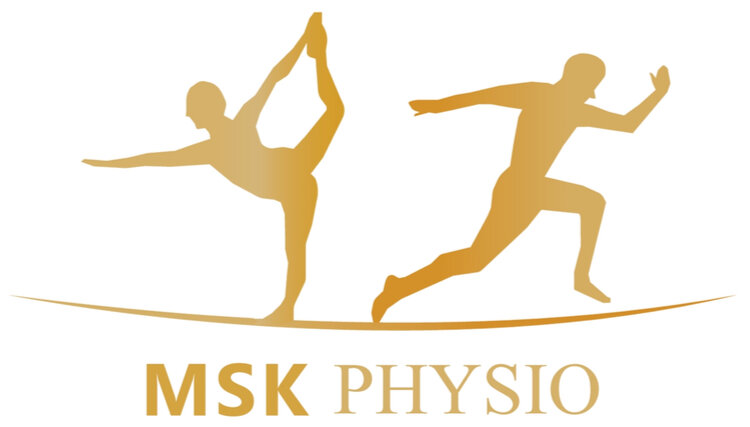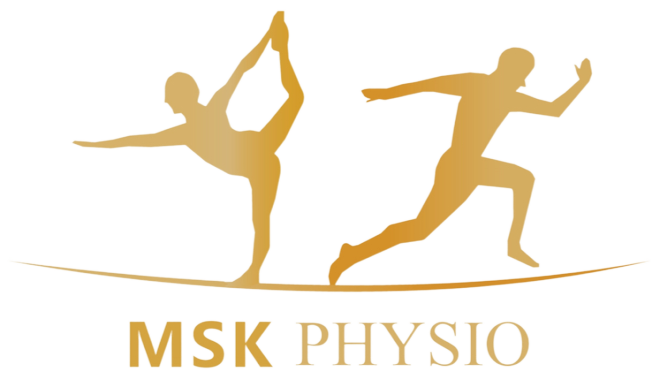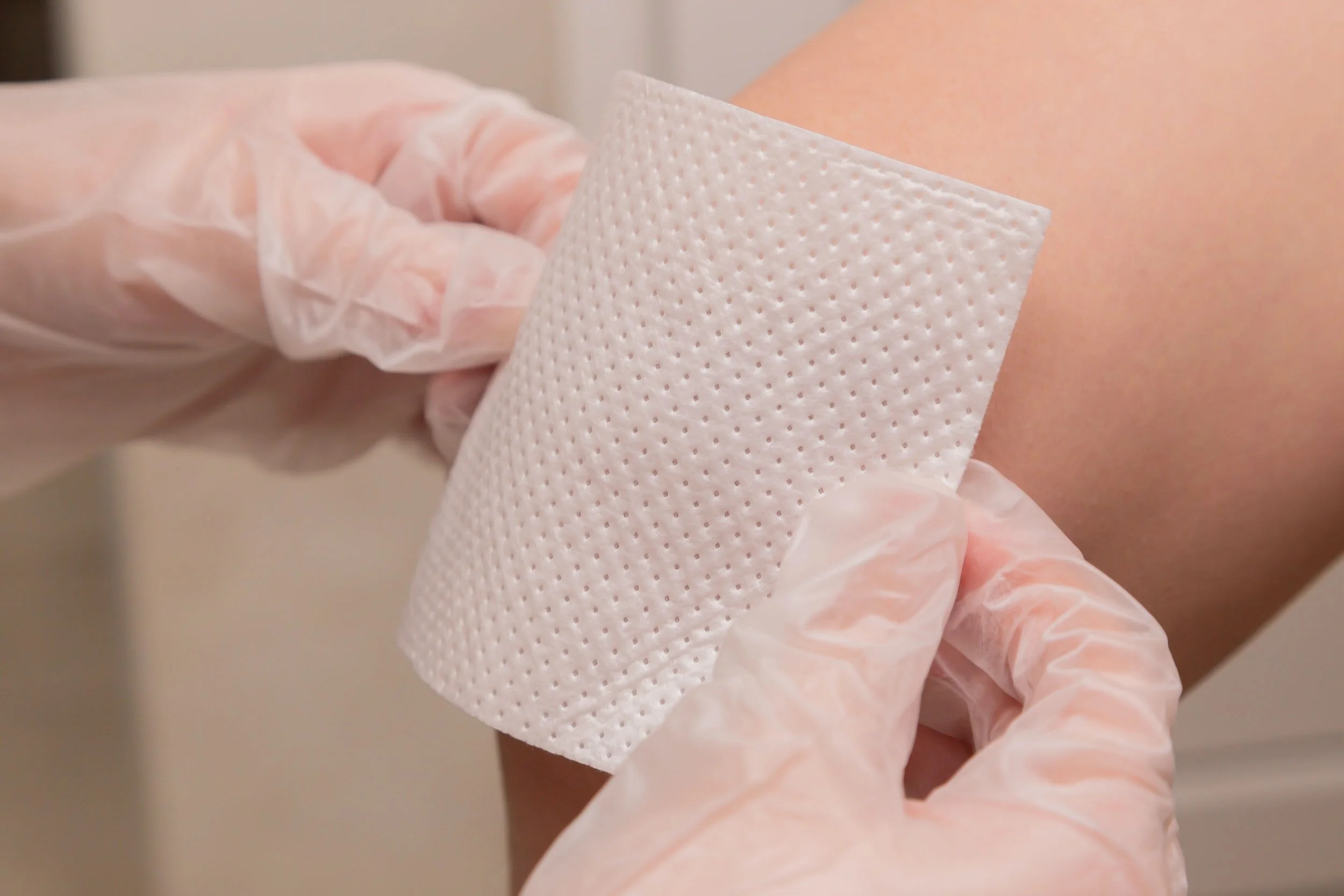Knee Replacement - Overview, Physiotherapy & Rehabilitation
Overview
The knee joint is frequently used for daily duties and activities, therefore maintaining a healthy knee joint is vital. Knee replacement is a type of surgery for individuals suffering from severe knee pain and have restriction in range of movement. Knee replacements are also know as knee arthroplasty and can be partial or total knee replacement. Knee replacements are a common surgical procedure aimed to reduce discomfort and increase knee movement allowing a better quality of life for the client by resurfacing the damaged areas of the knee joint. This type of surgery may be considered with individuals with arthritis or severe knee injury. Three common types of arthritis include: Osteoarthritis, Rheumatoid Arthritis and Traumatic Arthritis.
Anatomy
The knee joint is made up of the thigh bone (femur), shin bone (tibia) and kneecap (patella). These three bones are covered by articular cartridge which provides smooth movement throughout the knee joint. The knee joint is also covered by the synovial membrane which helps with joint lubrication for the cartilage by releasing fluids to reduce joint friction.
The two shock absorbers known as the meniscus are located between the femur and tibia bones. These “C” shaped menisci provide cushion for the knee joint. Ligaments around the knee joint include: anterior cruciate (ACL), posterior cruciate (PCL), medial collateral (MCL) and lateral collateral (LCL) ligaments. These ligaments provide stability and support for the knee.
In a normal and healthy knee joint all the structures mentioned above work together to provide natural function. Therefore if one or more of these structures are injured or damaged, the client may feel pain or have reduced range of movement.
Preparation For Knee Replacement
Before having surgery it is important to perform pre-operative rehabilitation. Staying active will help maintain knee joint strength and range of movement which will aid in recovery following the operation.
Clients should try to stay as active as they can. Pre-operative physiotherapy would be recommended as gentle strengthening and mobility exercises will be provided by specialists to help prepare the client for surgery which will also aid in recovery following surgery. Other forms of activity which would be beneficial include walking, swimming or walking in a pool.
Recovering From Knee Replacement Surgery
Clients are usually discharged from hospital within a few days following surgery considering the outcome of the operation. Following hospital discharge Physiotherapy and Rehabilitation is recommended to look after your knee and progress the recovery of the joint. Walking aids might be advised during the acute stage of recovery to protect the knee joint. At this early stage of recovery hands on treatment as well as gentle mobility and strengthening exercises can be started aiming to strengthen the joint as a whole and restore optimal range of movement. Below are a selection of exercises which are usually prescribed to increase joint mobility and strengthen the knee joint.



